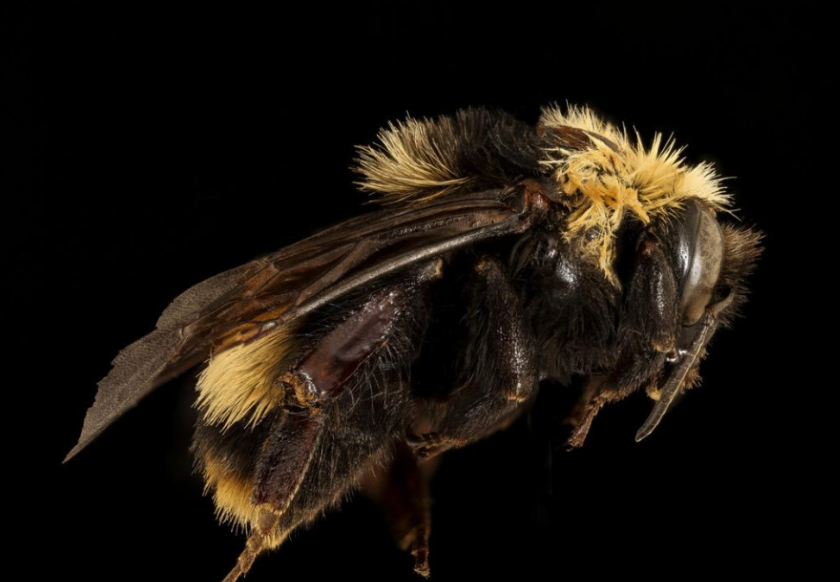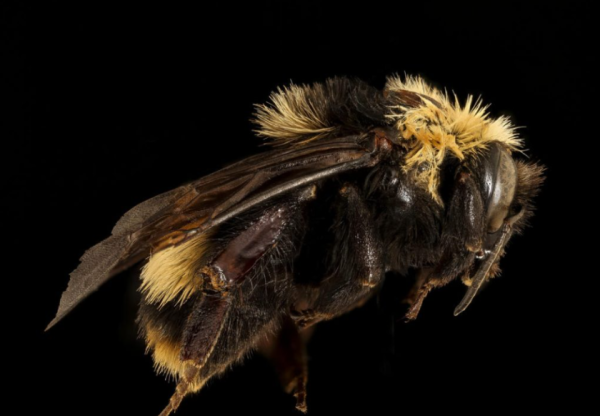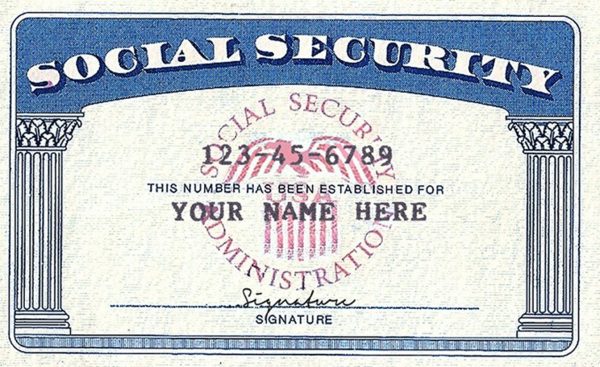Why Gum Should Be Allowed in School

Courtesy of Cleancorp
March 15, 2023
Chewing gum is becoming a trendy thing to do here in America. “Approximately 50% of the United States population chewed gum in 2019, and about 160.03 million U.S. citizens used chewing gum in 2020.” (Statista Research Department). Chewing gum can improve memorization, focus, and productivity. Gum can also help people physically.
Chewing gum is currently not allowed here at Rio Norte because it’s a “safety hazard” and can be messy. Students who previously went to Rio Norte vandalized the school’s property by putting their chewing gum on desks, classrooms, and on the blacktop.
Secondly, gum helps students academically. Gum helps students improve their memorization, focusing, and productivity skills. Students who chewed gum during tests scored 3% higher than students who didn’t. Gum helps increase the flow of oxygen to regions of the brain responsible for attention which helps you focus better. One study shows that if you chew a certain flavor of gum while studying for a test, and then chew that same flavor while taking the test it’ll be easier to remember what you studied. Gum helps improve academic performance and helps increase study habits.
Gum could help make people fit and lose weight. “Several studies have found that chewing gum stimulates the circulation; chewing very hard gum can raise the subject’s heart rate by as much as eleven beats per minute”. This shows that chewing gum helps burn calories and increase heart rates. Chewing gum can burn up to 11 calories per hour. Gum can help you with physical benefits and can help you lose weight.
Lastly, even though gum is banned at Rio Norte, students still chew it. Getting caught chewing gum can result in demerits. If you earn enough demerits, you could get Saturday school. Gum can be messy and could ruin equipment but could also increase test scores.









































